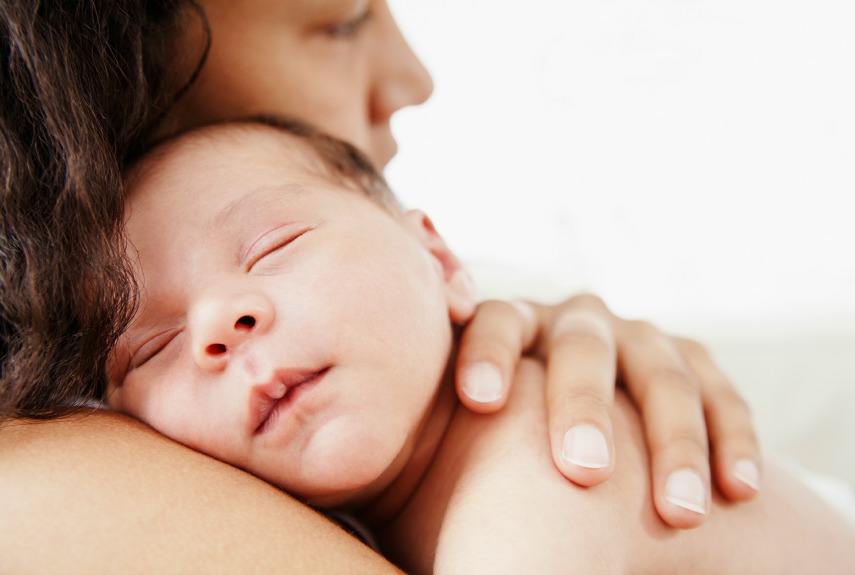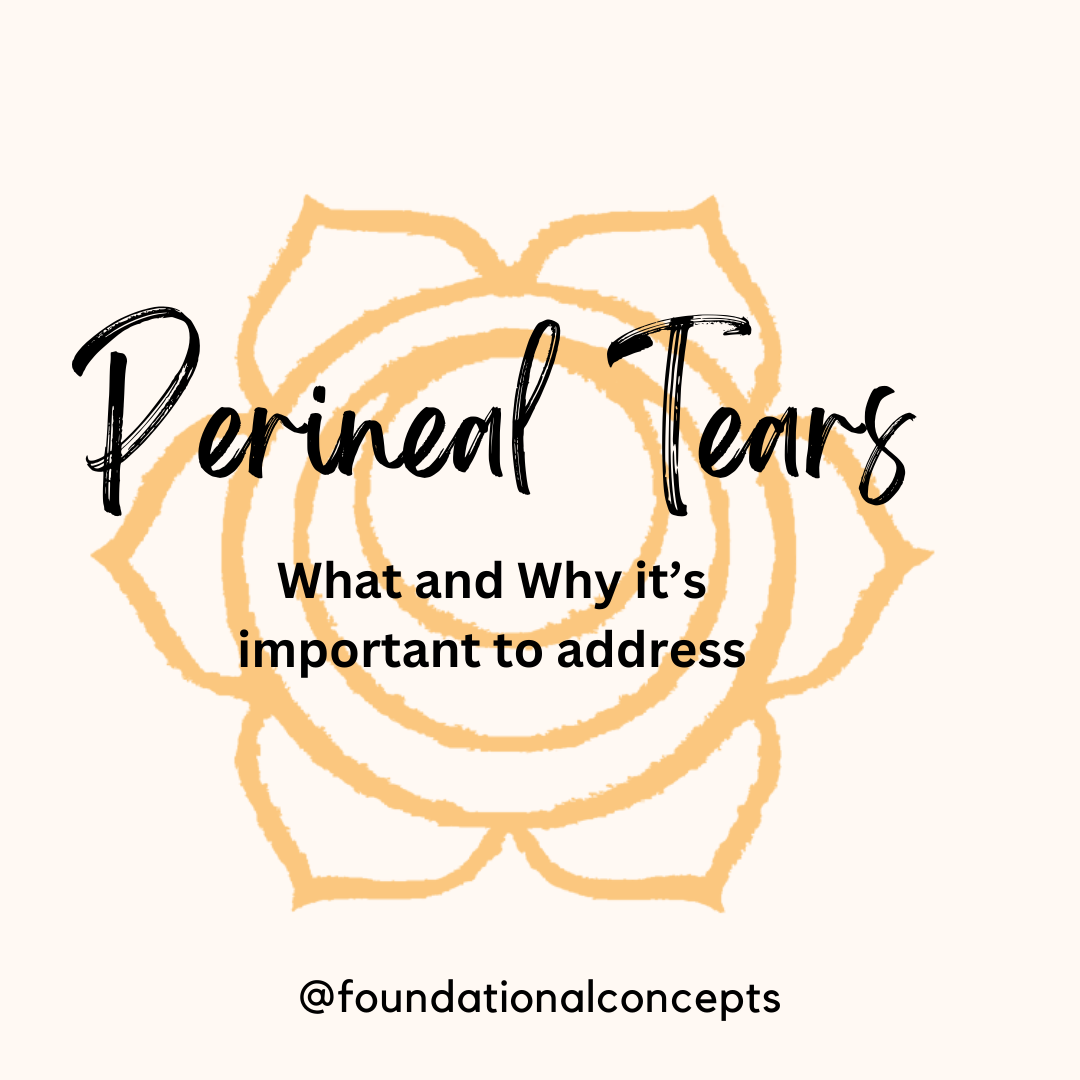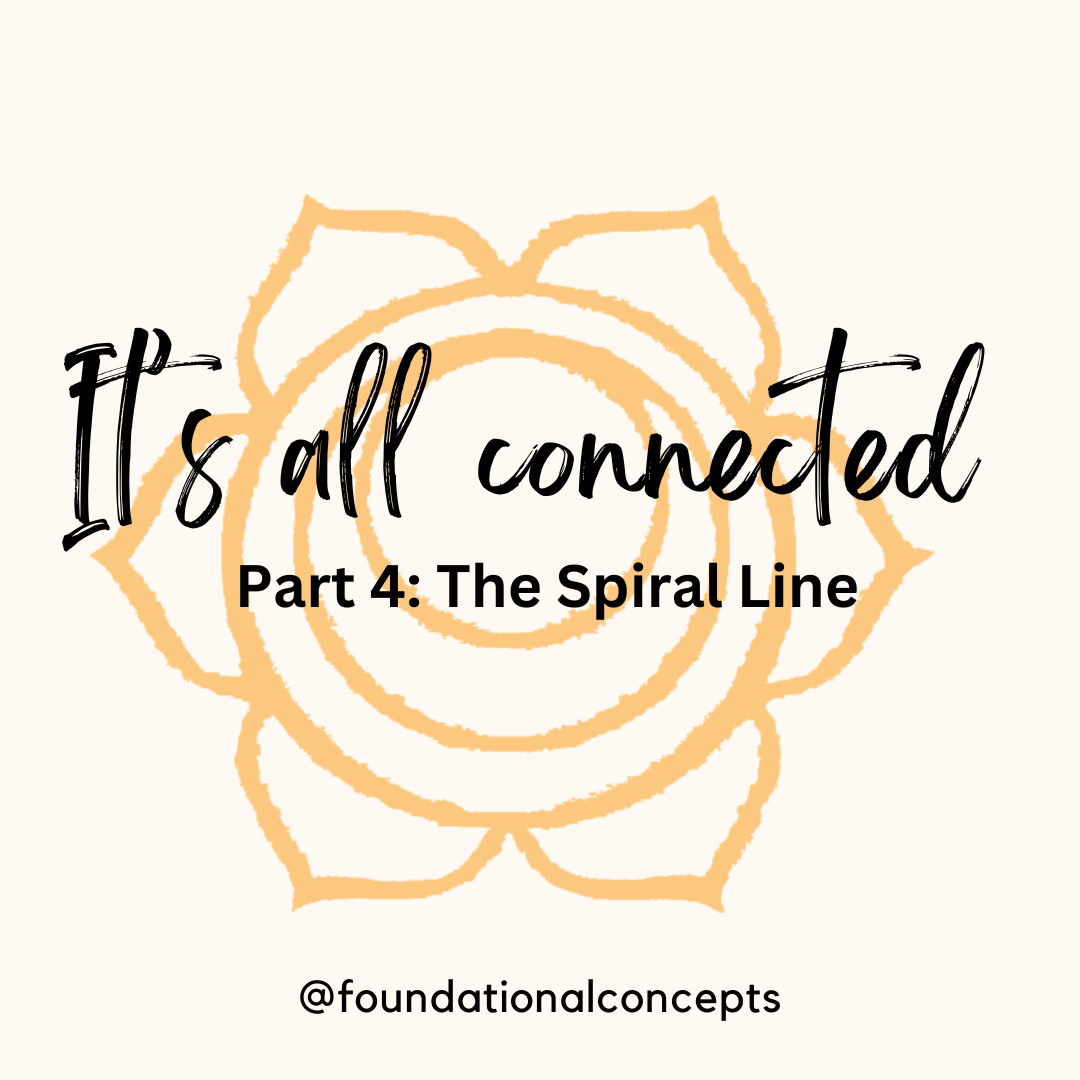Many women who have a vaginal delivery will have some level of perineal tearing that…

C-Section Scars via Foundational Concepts
C-Section Scars
Thirty percent of all childbirths are performed via cesarean section. A c-section requires multiple layers to be cut through and stitched back together. The outside layer is the skin, then fat, then fascia, then the peritoneum, then more fascia holding your organs in place and then finally your uterus. After these layers are stitched back together, many women have pain or feelings of tightness. It is similar to tucking in the front of your shirt tightly, then reaching up to grab a cup off the top shelf and it pulling your shirt out, or in this case, tugging at the c-section incision.
How do our bodies heal?
Our body is organized so that all of our layers (of skin, fascia, fat, etc.) should slide and move across one another. When our bodies begin to heal after an incision, it does it’s best to glue together whatever tissue it can. The human body is very efficient in that way, however it does not differentiate between what should be adhered together and what should not. This can cause a build up scar tissue allowing the layers to become “sticky” and not slide across one another with grace. Scar tissue differs from regular tissue, in that it is less pliable and elastic.
Scar tissue can not only cause pain, but can also cause a change in posture due to pulling, causing the abdominal muscles to weaken and result in less support for the back. Adjacent tissues and muscles to the scar can also be affected, not allowing them to contract, relax, and coordinate properly. This can also result in issues with bowel and bladder functioning, such as incontinence, constipation, and pain.
PT for C-Section Scars
The good news is, c-section scars can be addressed with physical therapy. Pelvic floor physical therapists are trained in scar mobilization to help align the tissue fibers so the scar can move better and muscles can function. If a scar is moved and pulled in all directions, the body will lay down the fibers of the scar tissue with more organization. The scar can then blend in better and behave like normal tissue. This may involve your PT massaging and manipulating your c-section scar both internally and externally, as well as the area around it. Gentle strengthening exercises may also be part of the treatment, as muscles may be inhibited by the scars.
Just as important as it is to address the scar tissue, it is important to allow the body to heal in the first 6-8 weeks following delivery. The body needs time for tissues to heal and remodel. Some helpful things to do during this time of healing:
Think POSITIVE Thoughts
Yes, I know, it sounds silly. Our brain does not differentiate between what is real and what is not. Whatever you think the brain takes it for true and starts releasing hormones that goes with that thought. So you can use your thoughts to help you in the post-partum period. With every thought your brain sends ‘messengers’ around the body’s organ, telling them what hormones to release in response to that thought/feeling. Many women before you and many women after you will heal wonderfully from a c-section, and so will you. Think positive!
Diaphragm Breathing
Our diaphragm acts as a sump pump for our system. This improved blood flow throughout the abdomen which in turn helps send healing cells to the area. See this recent post for why our diaphragm is so important https://www.foundationalconcepts.com/the-pelvic-chronicles-blog/amazing-diaphragm/
Healthy diet and fluid intake
Ingesting foods that our good for our body allows our body to regenerate and heal faster. It is recommended to intake ½ of our body weight in pounds, ounces of water daily (and even more if breastfeeding). Keeping our system well lubricated and nourished will help with the healing.
Monitor for infection
Every scar carries the risk of infection. Inspect your scar daily for a minute or two to look for signs of redness, swelling, hot skin around the scar, fever, or pus. A small amount of fluid from the incision is normal, however pus is not. Inspecting your scar will assure you recognize any signs of infection early and it will also allow you to be in tune with your body!
Moisturize
New incisions can cause symptoms of itchiness- this is a sign of healing. Avoid any lotions the first few days until the incision is well closed. After closure, applying some coconut oil or vitamin E oil can help with sensations of itchiness. This also promotes good healing.
It Doesn’t Matter How Much Time Has Passed
Whether you are hours or years post-cesarean section, there IS something that can be done. The human body is amazing in that it can forever be changed, remolded and remodeled. An appointment with a Pelvic Floor PT is a good place to begin your recovery journey from your c-section incision. At Foundational Concepts, we recommend seeing every mom 6 weeks postpartum. However, if you are experiencing pain prior to this point, it is never too early.
Nicole DeBire, PT, DPT



